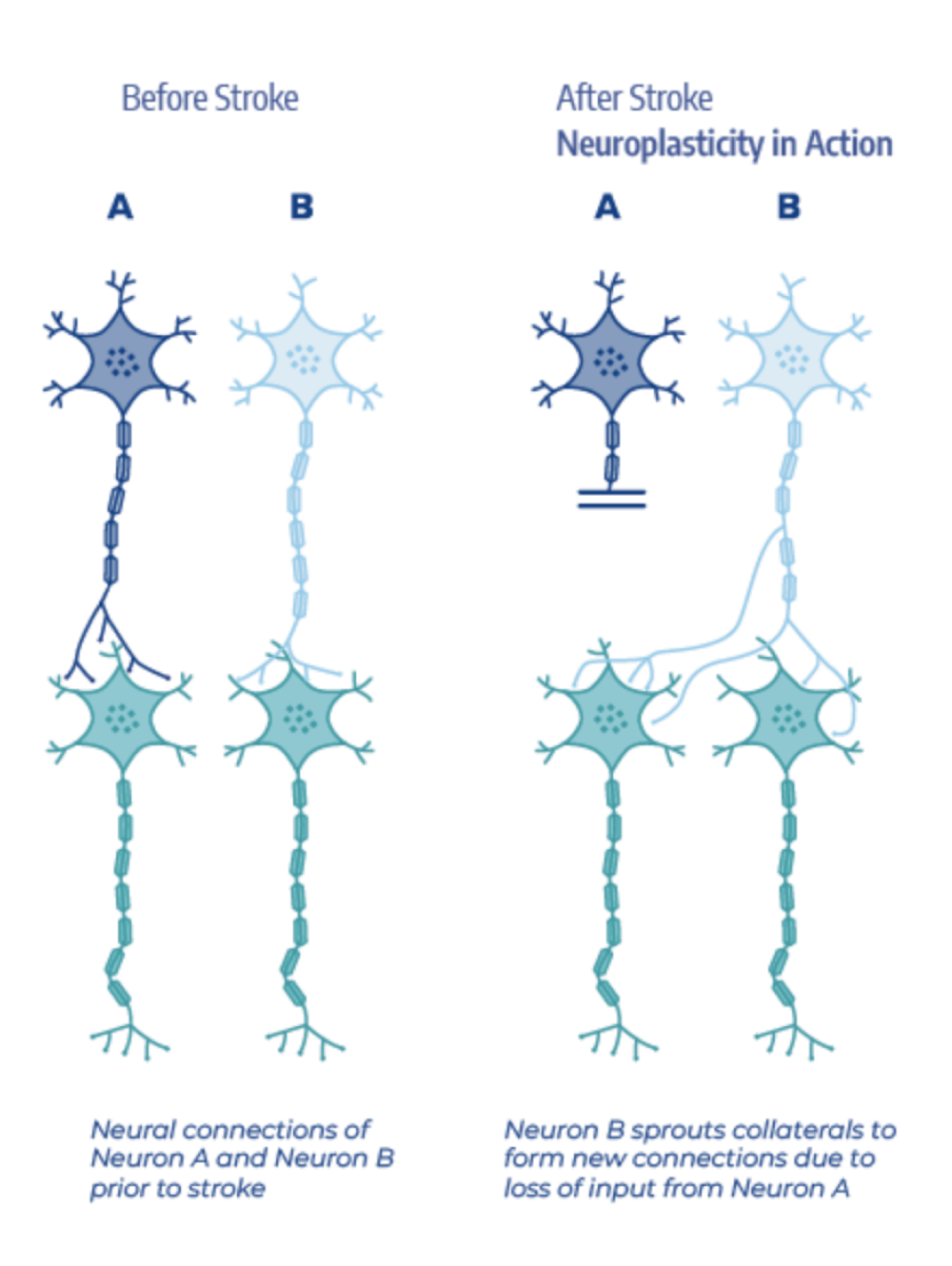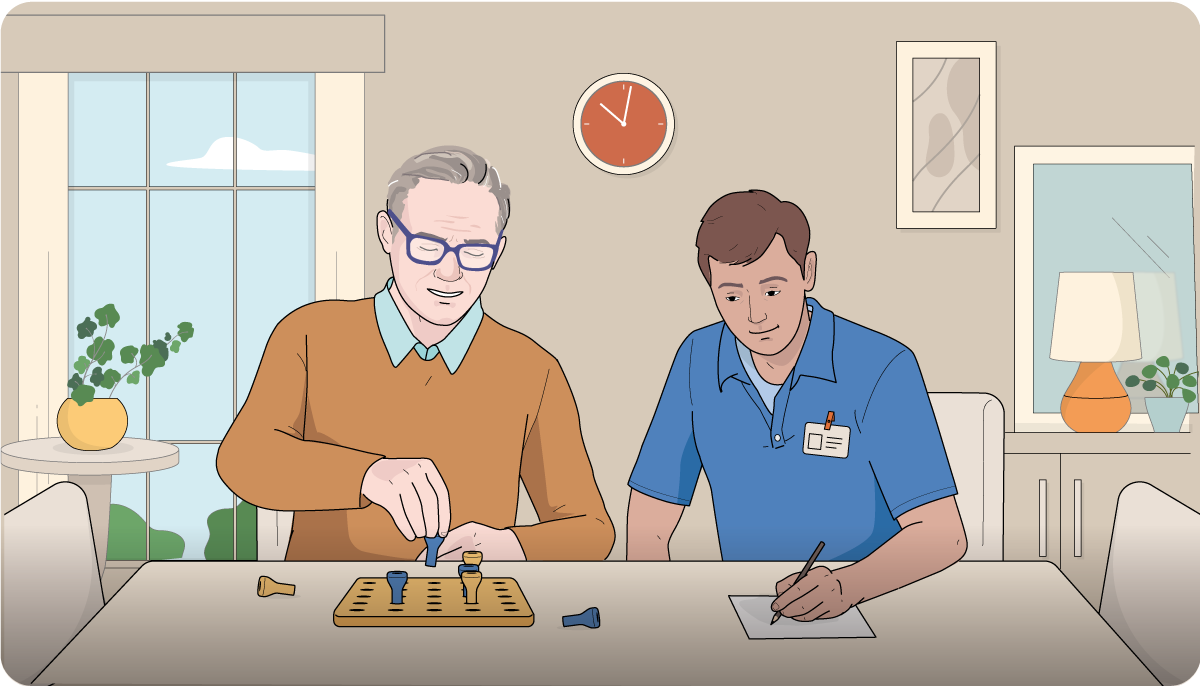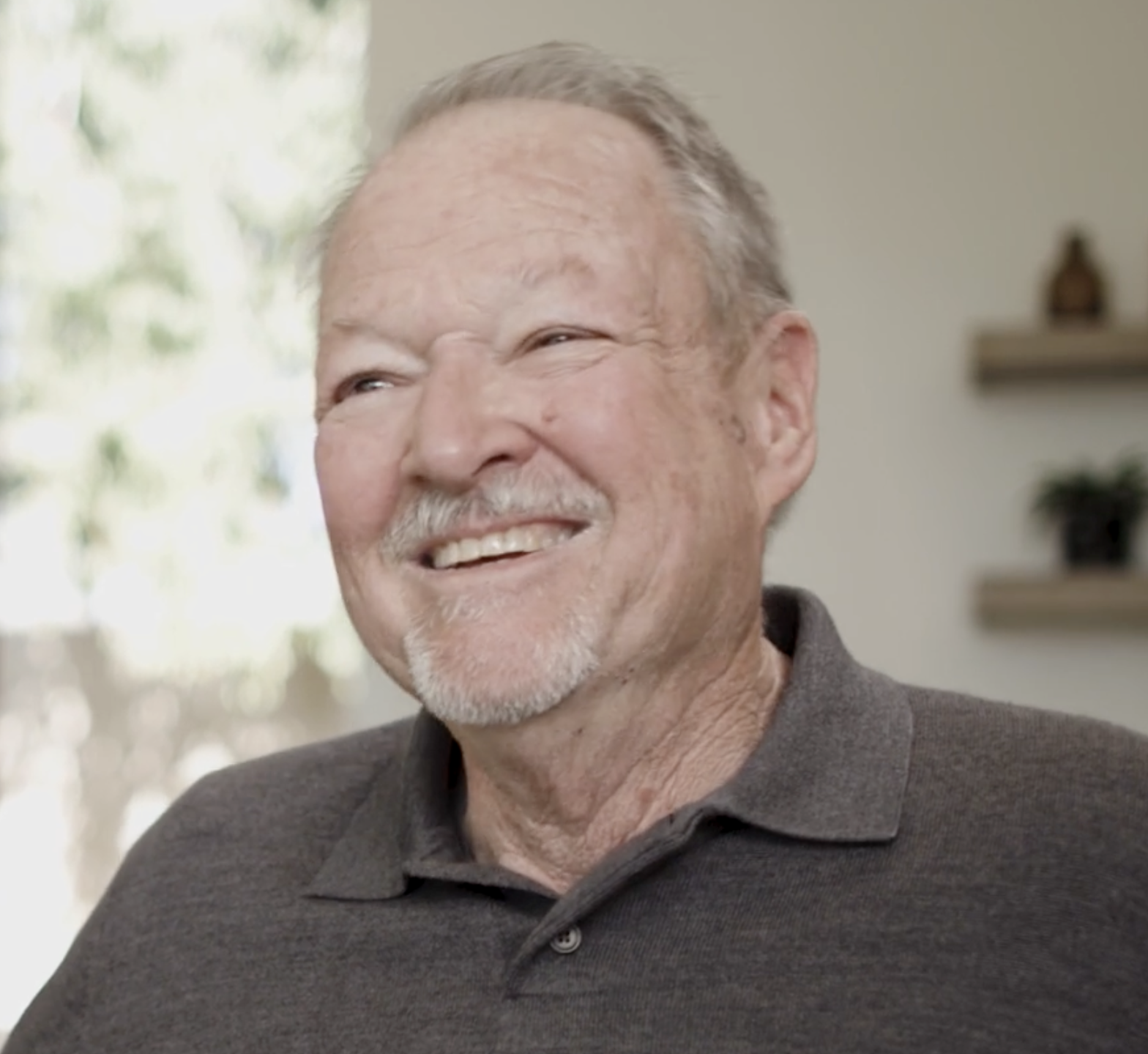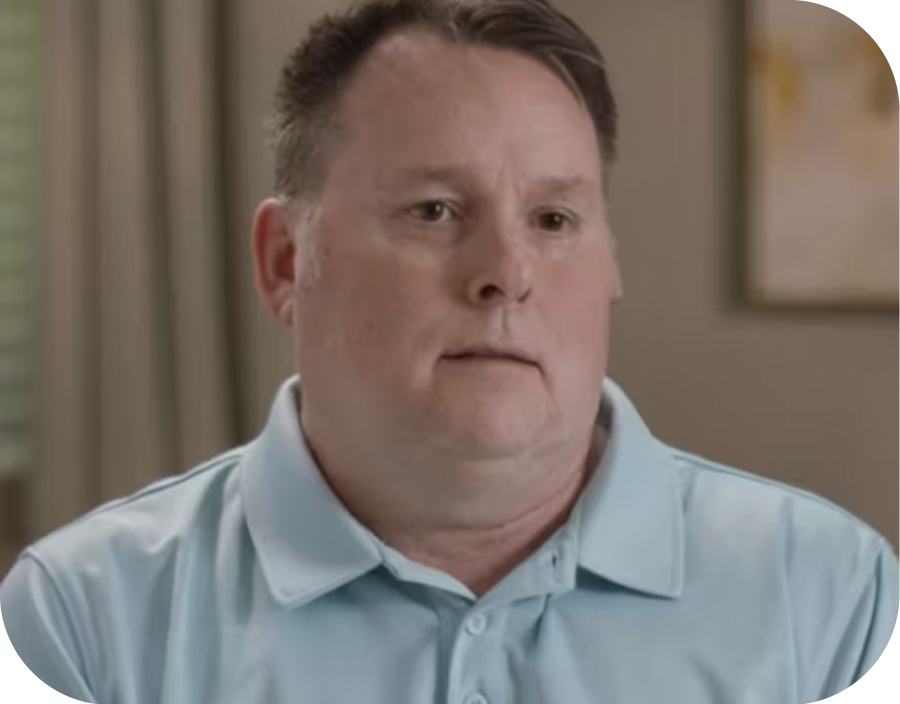How Vivistim Works
About Vivistim
Vivistim is an FDA-approved breakthrough device that works with the brain and body to make stroke rehabilitation therapy and daily activities more effective.
See If Vivistim is Right For YouDuring rehabilitation exercises and daily activities, Vivistim is activated to gently stimulate the brain via the vagus nerve — this is known as Paired VNS™ therapy. Paired VNS therapy provides a boost to the brain that helps strengthen and create new neural pathways.
Most users don’t feel the stimulation. What they see is a noticeable improvement in hand and arm function over time. This allows users to achieve the goals that matter to them — preparing their food, buttoning their shirt, or playing cards.
When the Paired VNS therapy boosts the brain’s neural activity, it builds lasting connections that continue to work even when Vivistim is not in use.
Vivistim System Components
Through a simple-to-use system including the Vivistim implant and magnet, you have the power to boost neuroplasticity to help you regain hand and arm movement.
Click each plus sign to learn more about the different Vivistim System Components
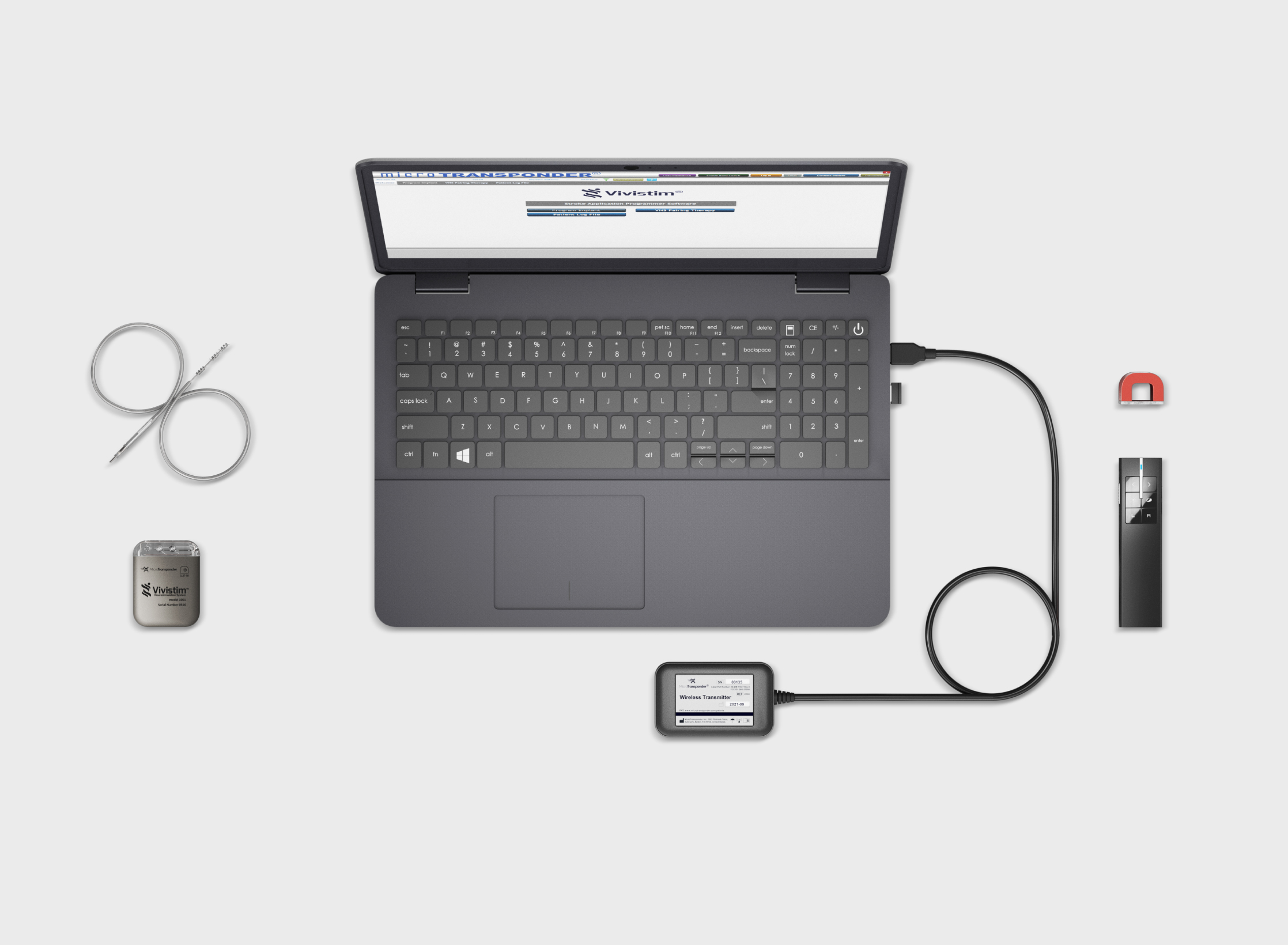
The Science Behind Paired VNS
Many stroke survivors still struggle to use their hands and arms 3 to 6 months or more after a stroke. The problem isn’t just weak muscles — it’s the brain’s signals not getting through properly.
The vagus nerve is the longest nerve that starts in the brain and travels through the body. It helps the brain and body work together to do many important things.
For more than 25 years, doctors have safely used vagus nerve stimulation (VNS) to treat conditions like epilepsy. Now, that same proven foundation is being used to help stroke survivors recover movement in their hands and arms.
Mild stimulation of the vagus nerve can activate parts of the brain that support relearning movement. This process taps into the brain’s natural ability to rewire itself — a process called neuroplasticity. This is the science behind Vivistim. When that mild stimulation is paired with occupational or physical therapy (called Paired VNS), it boosts neuroplasticity and helps the brain strengthen existing pathways and create new ones allowing stroke survivors to reclaim their recovery.
